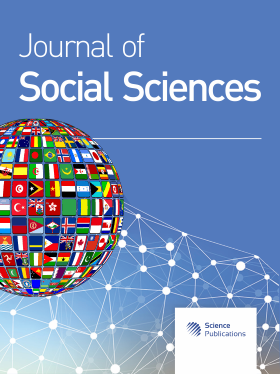From Flexicurity to FlexicArity? Gendered Perspectives on the Danish model
Abstract
In Europe, flexicurity is seen as a way to develop labour markets so they will stay or be more competitive and at the same time secure the European welfare tradition. The Danish welfare society builds on a division of work and co-operation between the labour market and the welfare state. This division and co-operation also applies to the Danish flexicurity model which this article focuses on from a gender perspective. The analysis presented here relates to the labor market, the welfare state, and the active labor market policy. The article shows that welfare policies on public care and individual rights have supported women’s labor market participation and economic and political empowerment. It is thus suggested to change the name to the Danish flexicarity model. Furthermore, the article shows that the active labor market policy does not improve women’s employability to the same extent as men’s and it is therefore suggested that further research into the gendered consequences of the active labor market policy should be undertaken.
DOI: https://doi.org/10.3844/jssp.2007.88.93

- 4,414 Views
- 3,497 Downloads
- 8 Citations
Download
Keywords
- Labour market
- welfare state
- industrial relations
- gender equality
